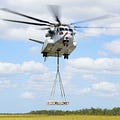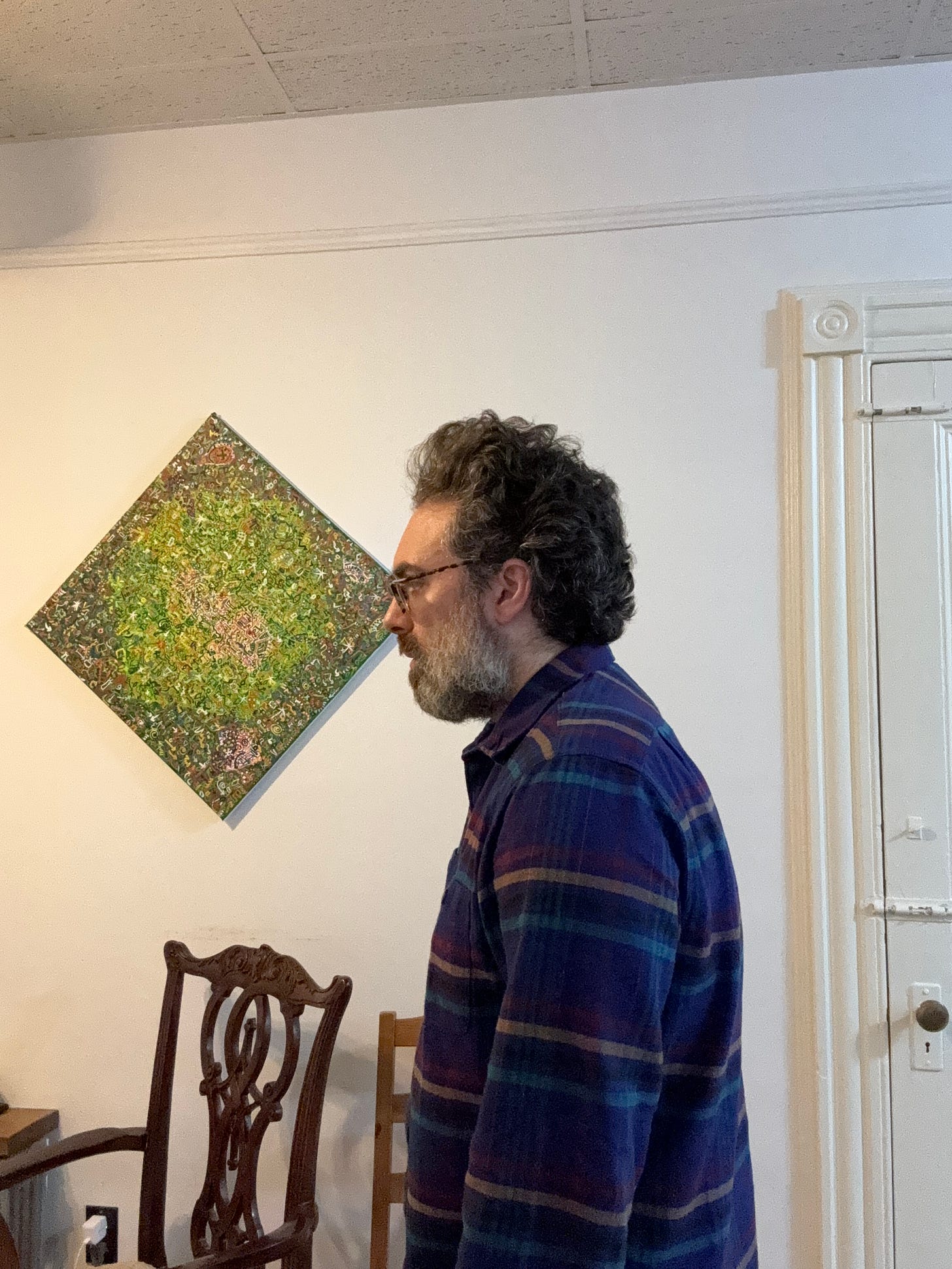Welcome to the last of the Primary Explorations posts! Yay! Excitiiinggg!
This whole series has been written to give you the tools you need to better understand exactly what you might be doing habitually with your head, neck, and torso. We’re extremely mobile creatures by design and almost all of us have some type of holding that we do that creates some degree of misbalance or discomfort. When Alexander says that the head should orient forward and up relative to the neck while preventing the chest from lifting and while preventing the spine from arching, I really want you to take the time to enumerate through some of the basic movement possibilities of the head, spine, and ribs. It will really clear up what you’re doing now and what you could do in the future.
In my posts Black Hawk Not Down and The Leaning Tower of You, I describe how the head can move like a Choppa and the whole spine is able to follow that head into various leans. Now I’d like to add in some descriptions of how the rib cage moves.
If you remember, I described the positional possibilities of the head by saying that it can move forward, backward, up, down, pitch, yaw, and roll. In short, it’s like a helicopter. Your rib cage has the exact same potentiality in space.
Weird, eh?
But wait, there’s more! The ribs can also curl up like a little shrimp as you bend forward and uncurl ever so slightly as they participate in a back bend. The whole length of the spine has degrees of flexibility and all of the ribs are flexible enough to go with the flow and follow the spine.
It’s a massively spongy cage of bones and we rarely, if ever, think about them!
Since the mass of the rib cage is surrounded by stuff like hips and guts and shoulders and necks, it can feel like it lacks the degree of freedom that the head enjoys. Nevertheless, the rib cage CAN move. It SHOULD move.
In the following pictures, I’ve done my very best to scrunch my ribs around and show what it looks like when you put the ribs into various positions. Consider this like another schoolyard game of horse. If I can do this, you can try it too! There’s no need to worry about getting the Alexander Technique correct or even know what it is to have fun with this!
Without wishing to further photobomb you with my disheveled hair and prison beard, I want to point out some of my observations.
It may not be very clear from the captions that I’m doing what I say I’m doing. Take another look and check out the folds of my shirt, you’ll see that the straight lines are not that straight as the ribs are moving under the fabric.
You’ll also notice that the shoulders and elbows are going on a bit of a joy ride as I twist up my back. Oftentimes, when a student comes in for a lesson, they notice that one shoulder is higher than the other. This is very likely caused by some twist in the spine/rib cage. The back will force the shoulders to compensate.
Altogether Now
If we take the helicopter analogy and extend it down through the neck and the ribs, you can imagine that your head is a helicopter, your neck is a cable, and your ribcage is a crate that is being carried by the helicopter.
If you are very quiet with yourself and are thinking your Guiding Thoughts, you will notice that as the head turns you will feel the ribs turn as well. To what degree? I cannot say. But they will move if you aren’t holding yourself into a fixed position and you will not need to force you ribs to move as you move your head. It is an automatic rebalancing act that happens when you allow it.
See if you can notice this for yourself. It’s a wonderful sensation!
Let me know your thoughts in the comments. Can you do the twist? Did you notice any habitual holding in yourself?










Another top piece. These really help with my body’s flow, especially in my wing chun lessons.